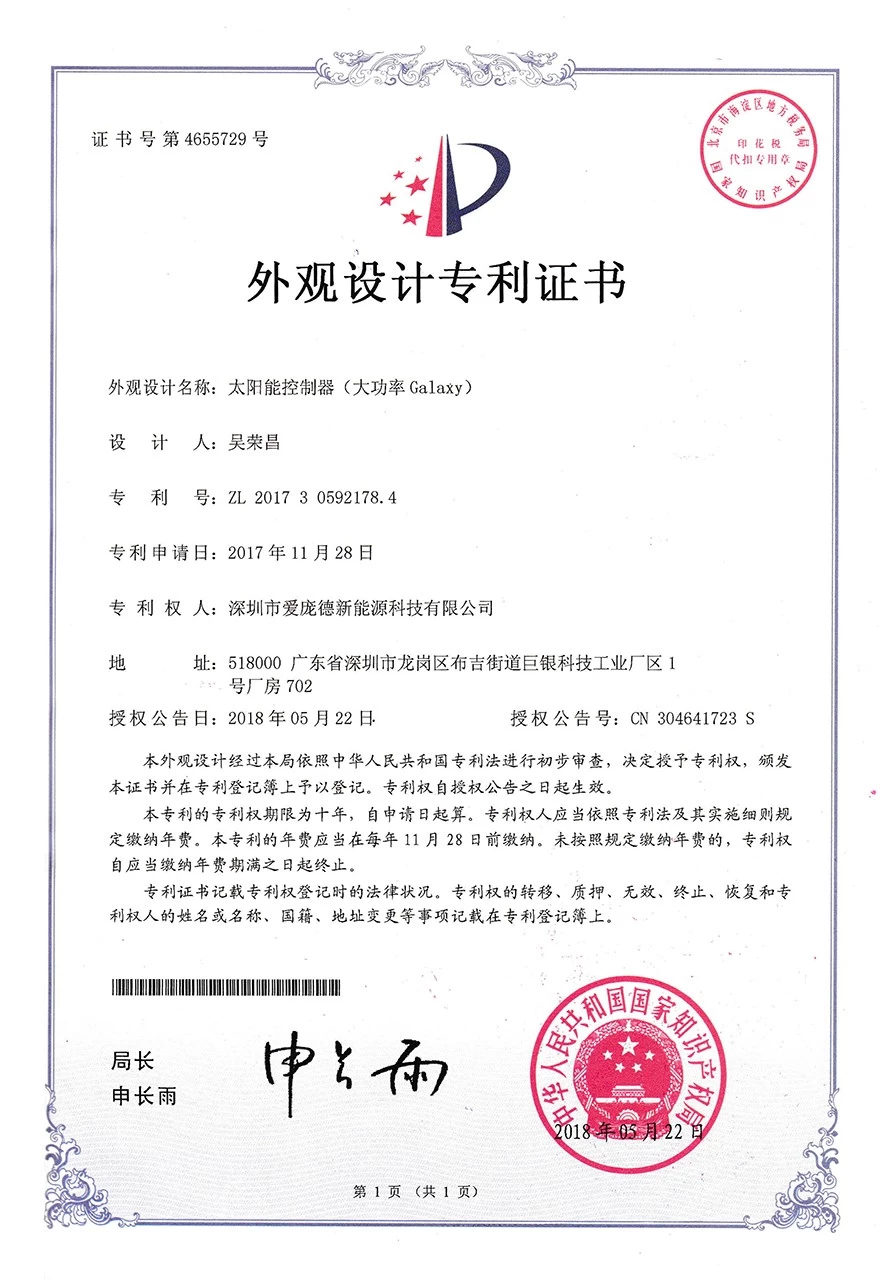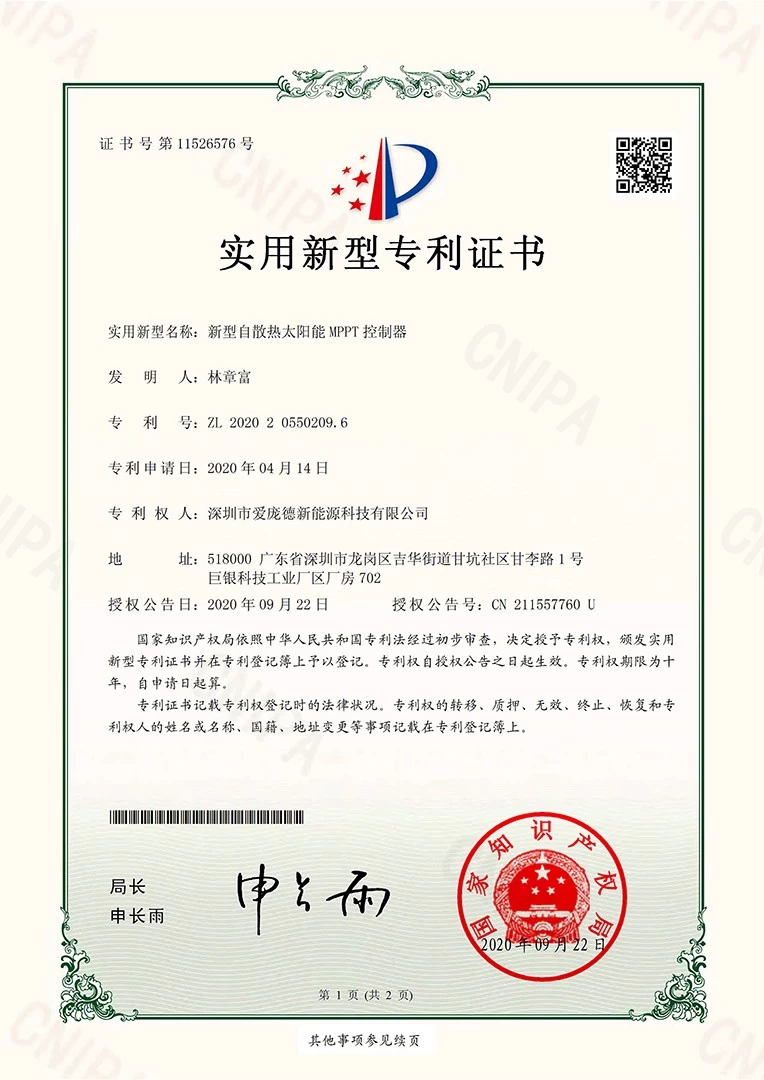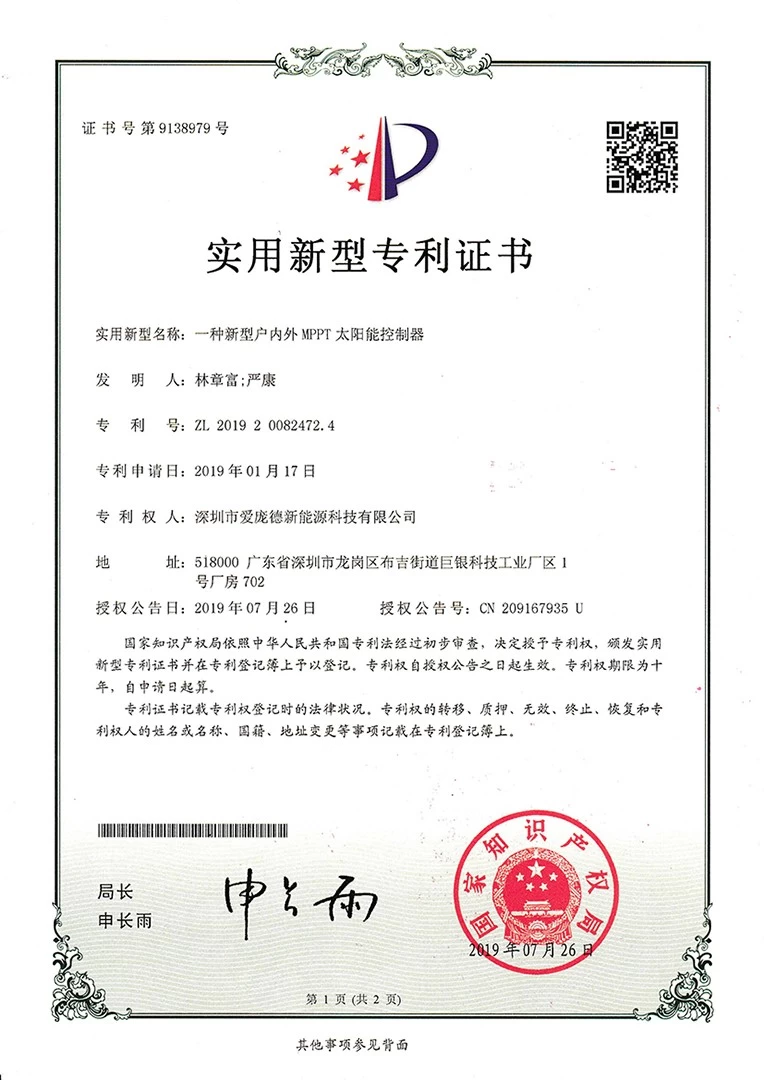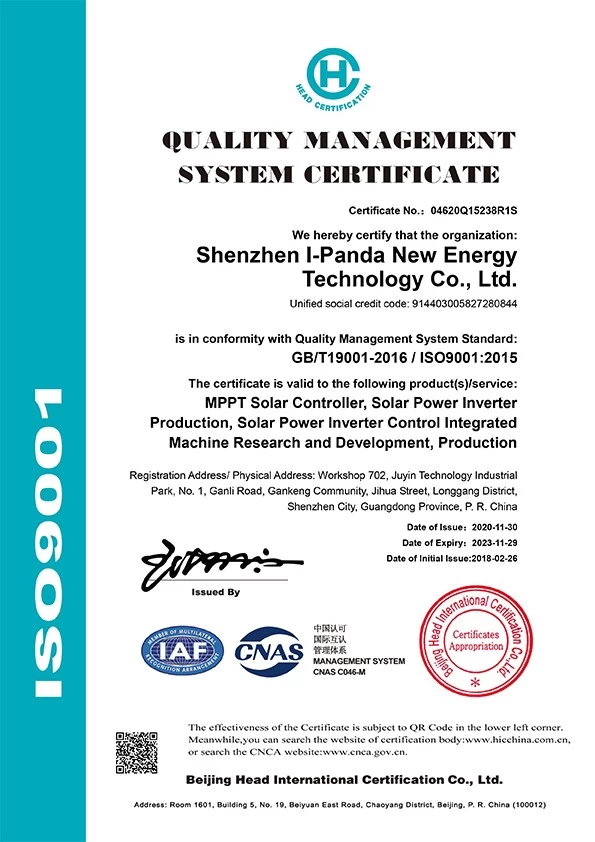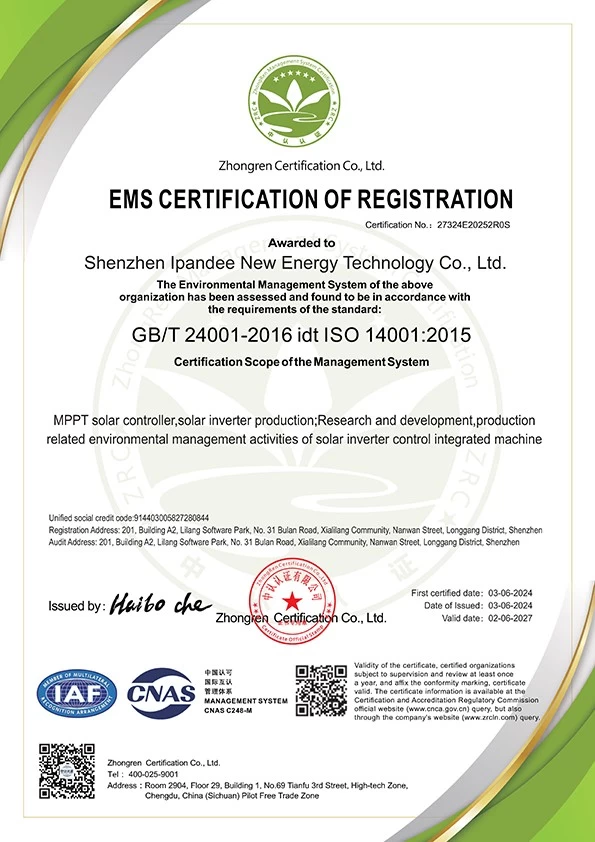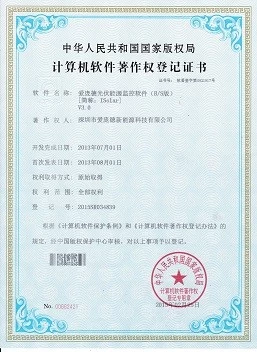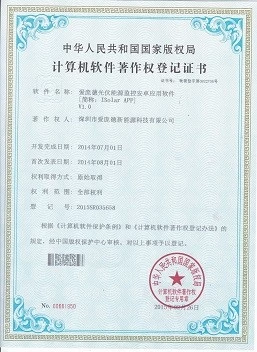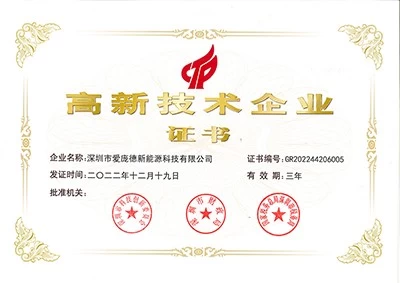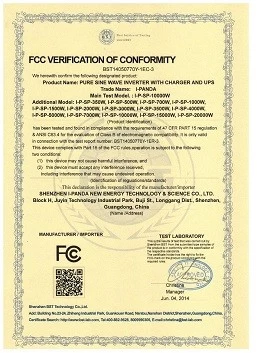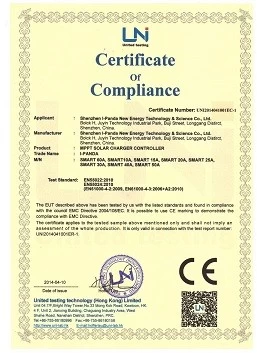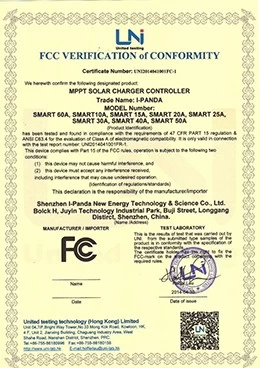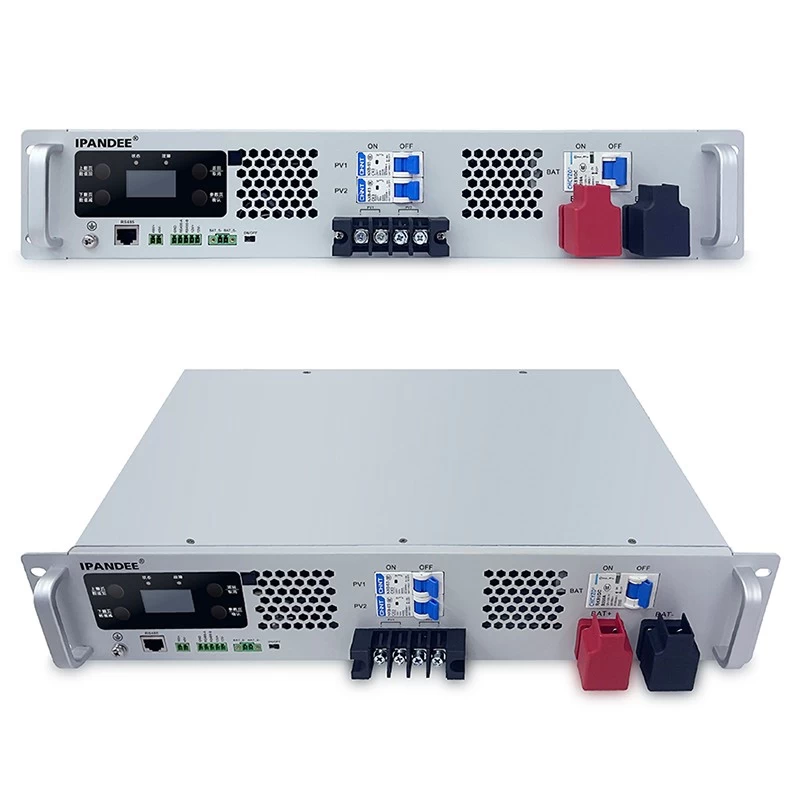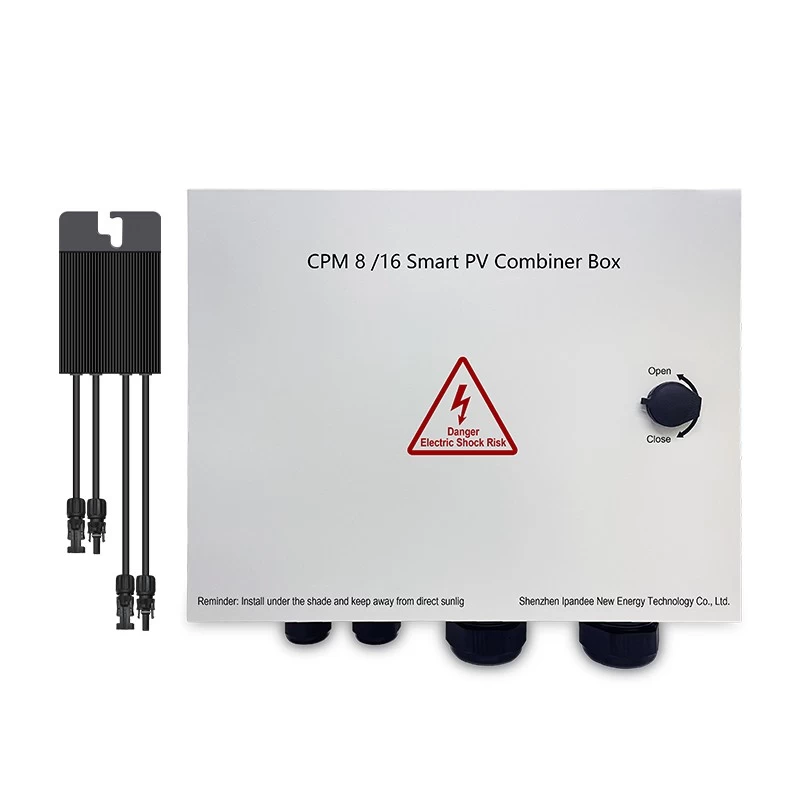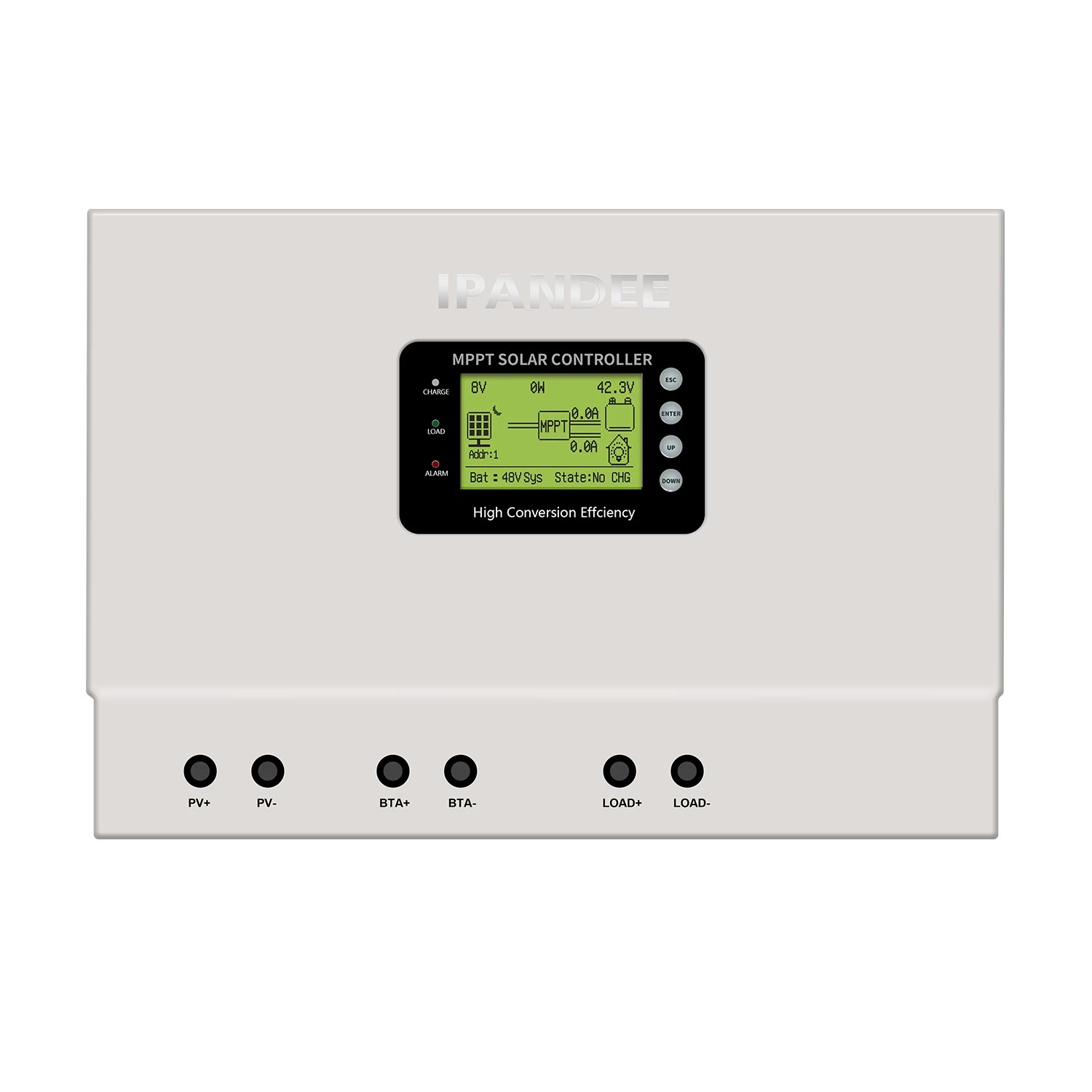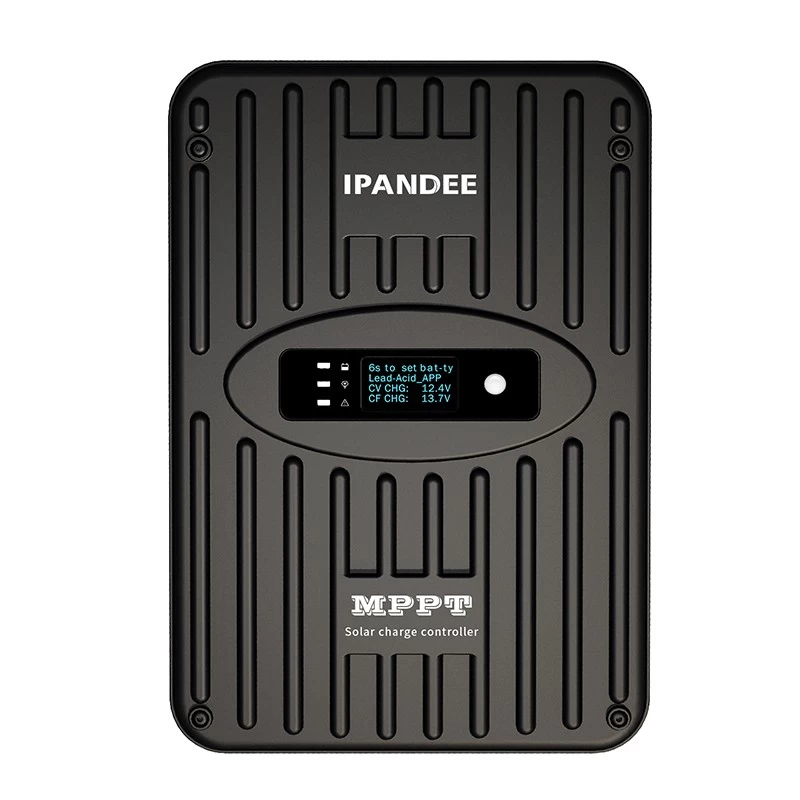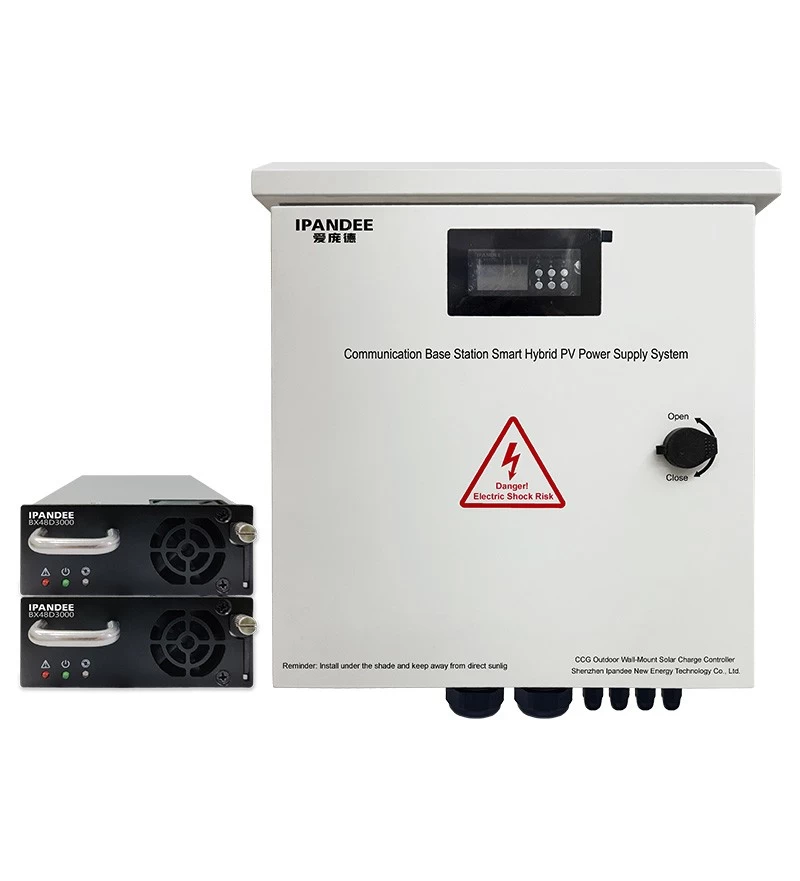How to hedge the photovoltaic project
the Internet
2019-04-17 16:11:38
In recent years, the investment and development of domestic PV projects has been very prosperous. In addition to the company's self-funded development projects, there are also a large number of cases of acquisition intentions through mergers or acquisitions or “collaborative development”. This paper examines the issues that need to be addressed in the form of collaborative development from the perspective of the buyer.
The traditional “M&A” refers to the intention to control the transfer of the equity after the completion of the project. In the current work process, the project is involved in the project through holding, shareholding or business collaboration. After the project is completed and put into production, the ownership of the project is finally completed.
In contrast, the form of “collaborative development” to be elaborated in this paper is slightly different, and this form is more favored by large state-owned enterprises with more stringent engineering quality standards.
The "red line" and the legitimacy of the collaborative development form: stop the sale of "road strips"
In 2014, the National Power Bureau issued the “Notice on the Capital Development Order of Standard Photovoltaic Power Plants”. The rules “Enterprises applying for PV power plant projects should be funded by their own (as the controlling party) as their intention, ... in the early stage of photovoltaic power plants The normal skill service and business cooperation between enterprises should be carried out in accordance with the law. ... The project that has been in the process of depositing the intent is not allowed to transfer the project to other capitalist entities without the consent of the depository authority before the project is put into production."
Based on this, it is possible to sort out the feasible ways of collaborative development: (1) After the acquisition of the upper parent company of the project company (generally the mezzanine company between the collaborator and the project company), the project company’s holding is directly completed (because of the project company’s The main body of the direct shareholding has not changed, so it does not touch the resale roads; or (2) participate in the project before the project is put into production, or through the method of commercial cooperation, and take control after the production; the buyer is expected to influence the project through the agreement.
The traditional “M&A” refers to the intention to control the transfer of the equity after the completion of the project. In the current work process, the project is involved in the project through holding, shareholding or business collaboration. After the project is completed and put into production, the ownership of the project is finally completed.
In contrast, the form of “collaborative development” to be elaborated in this paper is slightly different, and this form is more favored by large state-owned enterprises with more stringent engineering quality standards.
The "red line" and the legitimacy of the collaborative development form: stop the sale of "road strips"
In 2014, the National Power Bureau issued the “Notice on the Capital Development Order of Standard Photovoltaic Power Plants”. The rules “Enterprises applying for PV power plant projects should be funded by their own (as the controlling party) as their intention, ... in the early stage of photovoltaic power plants The normal skill service and business cooperation between enterprises should be carried out in accordance with the law. ... The project that has been in the process of depositing the intent is not allowed to transfer the project to other capitalist entities without the consent of the depository authority before the project is put into production."
Based on this, it is possible to sort out the feasible ways of collaborative development: (1) After the acquisition of the upper parent company of the project company (generally the mezzanine company between the collaborator and the project company), the project company’s holding is directly completed (because of the project company’s The main body of the direct shareholding has not changed, so it does not touch the resale roads; or (2) participate in the project before the project is put into production, or through the method of commercial cooperation, and take control after the production; the buyer is expected to influence the project through the agreement.
100a solar controller,Solar controller 48v
Form 1: Receiving the parent company of the buyer holding project company
Before the collaboration, the collaborators have set up a project company, and set up a mezzanine company as an equity cooperation channel at the upper level. The buyer receives the controlling interest of the channel company and ends the direct holding project company. The two sides will jointly carry out project development in the name of the project company.
The advantage of this form is that because the equity cooperation channel is the parent company of the project company, the direct shareholders of the project company have not changed, avoiding the danger of reselling the roads; the intention of entering and controlling is achieved, and the cost of subsequent integration is reduced.
Form 2: Receiving the buyer's shareholding project company
At the time of collaboration, the project company has been established. The buyer will become the shareholder of the project company by the shareholding method during the construction period, and become the controlling shareholder after the completion of the production.
Under normal circumstances, even if the buyer is a minority shareholder during the construction period, the project will be required to be constructed in accordance with its engineering quality standards, and must be involved in the engineering work.
In the case that the cooperating party has not established the parent company of the project company as a mezzanine company, the buyer enters the project as a minority shareholder, and does not substantially change the control of the project company, and generally will not be considered as a reselling road.
Form 3: Conditional BT form
Under this form, the two sides will agree on the purchase price or pricing principle of the project in advance, and make an appointment for the skills and business conditions (such as the project quality standard, the administrative approval documents to be obtained, etc.), and wait until the project is completed and satisfied with the conditions. The party buys part or all of the equity of the project.
The choice of this form until the completion of the project will determine whether to buy or not, which can more effectively block the danger of the construction period of the project; but because there is no equity contribution during the construction period, the impact on the construction of the project is limited.
Form 4: Debt-type BT form
The basic structure and process of this form are similar to the above-mentioned “conditional BT form”. The central point is that the general collaborator itself is the EPC contractor of the project. Before the collaboration with the buyer, the EPC contract has been signed with the project company. All the capital is included in the EPC; after completion, the equity of the project company will be transferred to the buyer at close to zero, and the buyer will be the new shareholder of the project company to undertake the EPC debt of the project company, and the EPC payment will be paid to the collaborators. income.
(1) Definition and interpretation of important concepts: standard, accurate and comprehensive
For example, regarding "electricity price approval", under normal circumstances, it can be agreed to "the electricity price approval document issued by the provincial price bureau." However, some local governments have allocated project resources through bidding methods, and the composition method of the electricity price approval has become “winning document + grid company purchase and sale agreement”, and the expression in the cooperation agreement has been revised to “power price support document”.
(b) BT form: Pre-conditional exemption mechanism retains commercial flexibility
Under the BT form, after the project construction needs to satisfy certain preconditions such as electricity price, project quality and land, the buyer is expected to launch the purchase again. Based on the current project experience, in some projects, in the case of lower electricity prices and lower yields, there is still a certain profit margin, and the project still has development value; otherwise, if the required procedures for land are required before the project is put into production. After all the processing is completed, there is indeed difficulty in practice.
Therefore, in the cooperation agreement, the exemption mechanism can be agreed, that is, without satisfactory satisfaction of the preconditions, the buyer can choose to exempt these conditions and promote the continuous cooperation of the project. However, regarding these exemptions, after the due diligence, they should be clearly listed in the equity transfer agreement, and the collaborators promise to complete the moment.
(3) Special appointments regarding the land used for the project: the full responsibility of the collaborators
The land use procedures have a great impact on the legality of the project. Therefore, in the cooperation agreement, the buyer generally requires the collaborator to make a commitment: (1) the target project intends to use the land to perform a good and legal procedure according to law; (2) after the completion date of the delivery If the collaborators have not completed the land application procedures, the collaborators shall have the responsibility to continue to handle the procedures until they have obtained relevant procedures; (3) if the collaborators and the project company fail to obtain the relevant land use procedures, any administrative actions for the project sites will be used. The penalty shall be subject to full liability, including payment of the relevant fine, for any penalty or breach of contract under any land circulation contract arising therefrom.
(4) Whether the price reduction is due to formal changes
The "Development of Matters Related to Photovoltaic Power Generation in 2018" (commonly known as "531 New Deal") issued by the National Development and Reform Commission, the Ministry of Finance, and the National Power Bureau once triggered a small panic in the industry. If the tariff is lowered due to such a policy document, and then the collaborative development project cannot be fulfilled, can it suggest a change in form?
I thought it was impossible. Regarding the change of form, the general referee's concept is that the adjustment of the government's policy is attributable to the unforeseen sight of the parties at the time of contracting, because the adjustment of the government policy leads to the inability of the contract to be completed or the continuous performance of the contract is obviously unfair to one party. The adjustment of the above government policy is generally recognized as a formal change. The key is whether the reduction of PV price is “unpredictable”. The author believes that the decline of PV price year by year until the completion of parity is a recognized trend in the industry. Industry companies should have a clear understanding of this, so they should not attribute this to Form changes.
We are a national key high-tech enterprise integrating R&D, production, sales and service, specializing in the production of MPPT controllers, inverters, UPS, solar energy, wind energy and other energy power products. The main products include industrial grade MPPT solar controllers, solar inverters, solar power systems, UPS and other energy products. It is a leading manufacturer of MPPT controllers in China.

100a solar controller
Form 1: Receiving the parent company of the buyer holding project company
Before the collaboration, the collaborators have set up a project company, and set up a mezzanine company as an equity cooperation channel at the upper level. The buyer receives the controlling interest of the channel company and ends the direct holding project company. The two sides will jointly carry out project development in the name of the project company.
The advantage of this form is that because the equity cooperation channel is the parent company of the project company, the direct shareholders of the project company have not changed, avoiding the danger of reselling the roads; the intention of entering and controlling is achieved, and the cost of subsequent integration is reduced.
Form 2: Receiving the buyer's shareholding project company
At the time of collaboration, the project company has been established. The buyer will become the shareholder of the project company by the shareholding method during the construction period, and become the controlling shareholder after the completion of the production.
Under normal circumstances, even if the buyer is a minority shareholder during the construction period, the project will be required to be constructed in accordance with its engineering quality standards, and must be involved in the engineering work.
In the case that the cooperating party has not established the parent company of the project company as a mezzanine company, the buyer enters the project as a minority shareholder, and does not substantially change the control of the project company, and generally will not be considered as a reselling road.
Form 3: Conditional BT form
Under this form, the two sides will agree on the purchase price or pricing principle of the project in advance, and make an appointment for the skills and business conditions (such as the project quality standard, the administrative approval documents to be obtained, etc.), and wait until the project is completed and satisfied with the conditions. The party buys part or all of the equity of the project.
The choice of this form until the completion of the project will determine whether to buy or not, which can more effectively block the danger of the construction period of the project; but because there is no equity contribution during the construction period, the impact on the construction of the project is limited.
Form 4: Debt-type BT form
The basic structure and process of this form are similar to the above-mentioned “conditional BT form”. The central point is that the general collaborator itself is the EPC contractor of the project. Before the collaboration with the buyer, the EPC contract has been signed with the project company. All the capital is included in the EPC; after completion, the equity of the project company will be transferred to the buyer at close to zero, and the buyer will be the new shareholder of the project company to undertake the EPC debt of the project company, and the EPC payment will be paid to the collaborators. income.
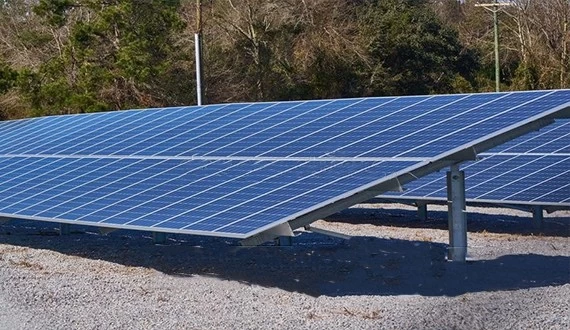
100a solar controller, solar controller 48v,
Key points of legal work in the form of collaborative development(1) Definition and interpretation of important concepts: standard, accurate and comprehensive
For example, regarding "electricity price approval", under normal circumstances, it can be agreed to "the electricity price approval document issued by the provincial price bureau." However, some local governments have allocated project resources through bidding methods, and the composition method of the electricity price approval has become “winning document + grid company purchase and sale agreement”, and the expression in the cooperation agreement has been revised to “power price support document”.
(b) BT form: Pre-conditional exemption mechanism retains commercial flexibility
Under the BT form, after the project construction needs to satisfy certain preconditions such as electricity price, project quality and land, the buyer is expected to launch the purchase again. Based on the current project experience, in some projects, in the case of lower electricity prices and lower yields, there is still a certain profit margin, and the project still has development value; otherwise, if the required procedures for land are required before the project is put into production. After all the processing is completed, there is indeed difficulty in practice.
Therefore, in the cooperation agreement, the exemption mechanism can be agreed, that is, without satisfactory satisfaction of the preconditions, the buyer can choose to exempt these conditions and promote the continuous cooperation of the project. However, regarding these exemptions, after the due diligence, they should be clearly listed in the equity transfer agreement, and the collaborators promise to complete the moment.
(3) Special appointments regarding the land used for the project: the full responsibility of the collaborators
The land use procedures have a great impact on the legality of the project. Therefore, in the cooperation agreement, the buyer generally requires the collaborator to make a commitment: (1) the target project intends to use the land to perform a good and legal procedure according to law; (2) after the completion date of the delivery If the collaborators have not completed the land application procedures, the collaborators shall have the responsibility to continue to handle the procedures until they have obtained relevant procedures; (3) if the collaborators and the project company fail to obtain the relevant land use procedures, any administrative actions for the project sites will be used. The penalty shall be subject to full liability, including payment of the relevant fine, for any penalty or breach of contract under any land circulation contract arising therefrom.
(4) Whether the price reduction is due to formal changes
The "Development of Matters Related to Photovoltaic Power Generation in 2018" (commonly known as "531 New Deal") issued by the National Development and Reform Commission, the Ministry of Finance, and the National Power Bureau once triggered a small panic in the industry. If the tariff is lowered due to such a policy document, and then the collaborative development project cannot be fulfilled, can it suggest a change in form?
I thought it was impossible. Regarding the change of form, the general referee's concept is that the adjustment of the government's policy is attributable to the unforeseen sight of the parties at the time of contracting, because the adjustment of the government policy leads to the inability of the contract to be completed or the continuous performance of the contract is obviously unfair to one party. The adjustment of the above government policy is generally recognized as a formal change. The key is whether the reduction of PV price is “unpredictable”. The author believes that the decline of PV price year by year until the completion of parity is a recognized trend in the industry. Industry companies should have a clear understanding of this, so they should not attribute this to Form changes.

We are a national key high-tech enterprise integrating R&D, production, sales and service, specializing in the production of MPPT controllers, inverters, UPS, solar energy, wind energy and other energy power products. The main products include industrial grade MPPT solar controllers, solar inverters, solar power systems, UPS and other energy products. It is a leading manufacturer of MPPT controllers in China.
100a solar controller, solar controller 48v, solar off-grid controller
Disclaimer: The content is partly from the internet. In order to pass on more information, it does not mean agreeing to its views or confirming its description. Article content is for reference only. If there is any infringement, please contact in time.
Disclaimer: The content is partly from the internet. In order to pass on more information, it does not mean agreeing to its views or confirming its description. Article content is for reference only. If there is any infringement, please contact in time.





